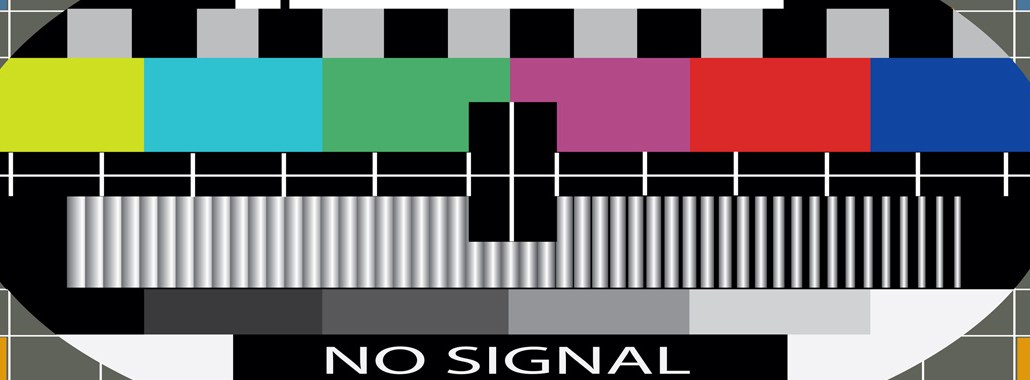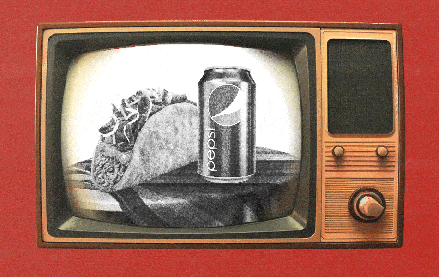Why TV needs to get right with programmatic and what happens if it won’t

By John Snyder, Grapeshot, CEO
Last month in these pages I offered publishers a specific road map for making the most effective transition from a real time bidding-based, open exchange environment to a premium, private marketplace-driven one.
The TV industry needs to make that transition, too.
The notion, of course, is that a unified premium programmatic media marketplace will lift all boats. But if the ocean liner of traditional broadcast television is dead in the programmatic seas because it lacks leading edge technology and resources, the entire industry will suffer.
The TV industry has certainly paid lip service to embracing programmatic. But as can happen with traditional businesses, the inertia of decades’ worth of legacy mindsets and practices has slowed it down.
Sound familiar, traditional publishers?
The TV industry is currently struggling with the same fundamental challenge that established print brands faced when they were forced to make the transition to digital. Many of you know how that went. The brave ones embraced it early and were rewarded with relatively smooth transitions. Others, however, struggled for years before they managed to go programmatic.
It’s thus incumbent upon publishers who have, along with brand marketers, survived the transition to rally their hesitant TV brethren towards the programmatic flag.
Give broadcast and cable a hand
Several companies, among them Simulmedia and Rentrak, have emerged as technology partners that make the TV industry’s path towards programmatic easier. These companies are valuable, but they can’t transform the industry on their own. Peer pressure from publishers and brand marketers is also crucial.
Many of you publishers and brand marketers out there have developed friendships with TV people over the course of your careers. Many of you may have even logged time yourselves at networks or cable operators. Reach out to your former colleagues now to see what you can share with them. There could be potential alliances or test partnerships to explore. The effect that programmatic premium ambassadors could have in coaxing their lagging TV cousins forward can’t be overestimated.
Invest in infrastructure first
If you do embrace the role of premium programmatic apostle to your TV counterparts, you should focus your initial conversations on the need to invest in infrastructure. New-breed technology and the people who can apply it are ever more valuable commodities in digital advertising, and the TV business needs to go shopping.
The hesitation to pull the trigger on these investments is rooted largely in an aversion to the pain that any organization’s digital transformation will necessarily bring. But the pain will be that much greater, and the impact on profits will be that much more significant, if a company waits. Being penny wise and pound foolish will serve neither your company nor the overall ecosystem. Investing in programmatic is table stakes – an absolute necessity.
We need uniform measurement
As the industry moves to align around a common cross-device digital advertising attribution model that will more accurately assess the impact of omnichannel media campaigns on offline sales, we need to try harder to get the TV folks on board. We’ve bandied the notion of a digital gross ratings point about for the past several years, but we don’t yet seem to have cracked the code.
In summary, I’m bullish on the future of a premium club in programmatic, but to fully take advantage of the opportunity, we need to get our friends in TV to take the leap.
More from Digiday

PepsiCo patrocina su primer show en colaboración con Hulu dedicado a promover la cocina latina
Suscríbete al newsletter de Digiday en Español aquí para recibir las últimas noticias sobre el sector de marcas y la industria del marketing. Pepsi tiene claro que para conquistar al consumidor latino hay que ganarse primero su paladar, por eso está estrenando su primera serie en streaming, Talking Sabor, un programa que se podrá ver […]

With Firefly Image 3, Adobe aims to integrate more AI tools for various apps
New tools let people make images in seconds, create image backgrounds, replacing parts of an image and use reference images to create with AI.

With the rise of the chief AI officer, it’s time to examine ‘czar’ culture
Even if it’s a familiar pattern — hot new thing, new C-Suite exec to tackle said thing, a few years go by and that C-Suite position no longer exists as everyone is now doing said thing (or it was a fad that has since faded away) — does it make sense for businesses to continue to appoint new czars with every new trend?





